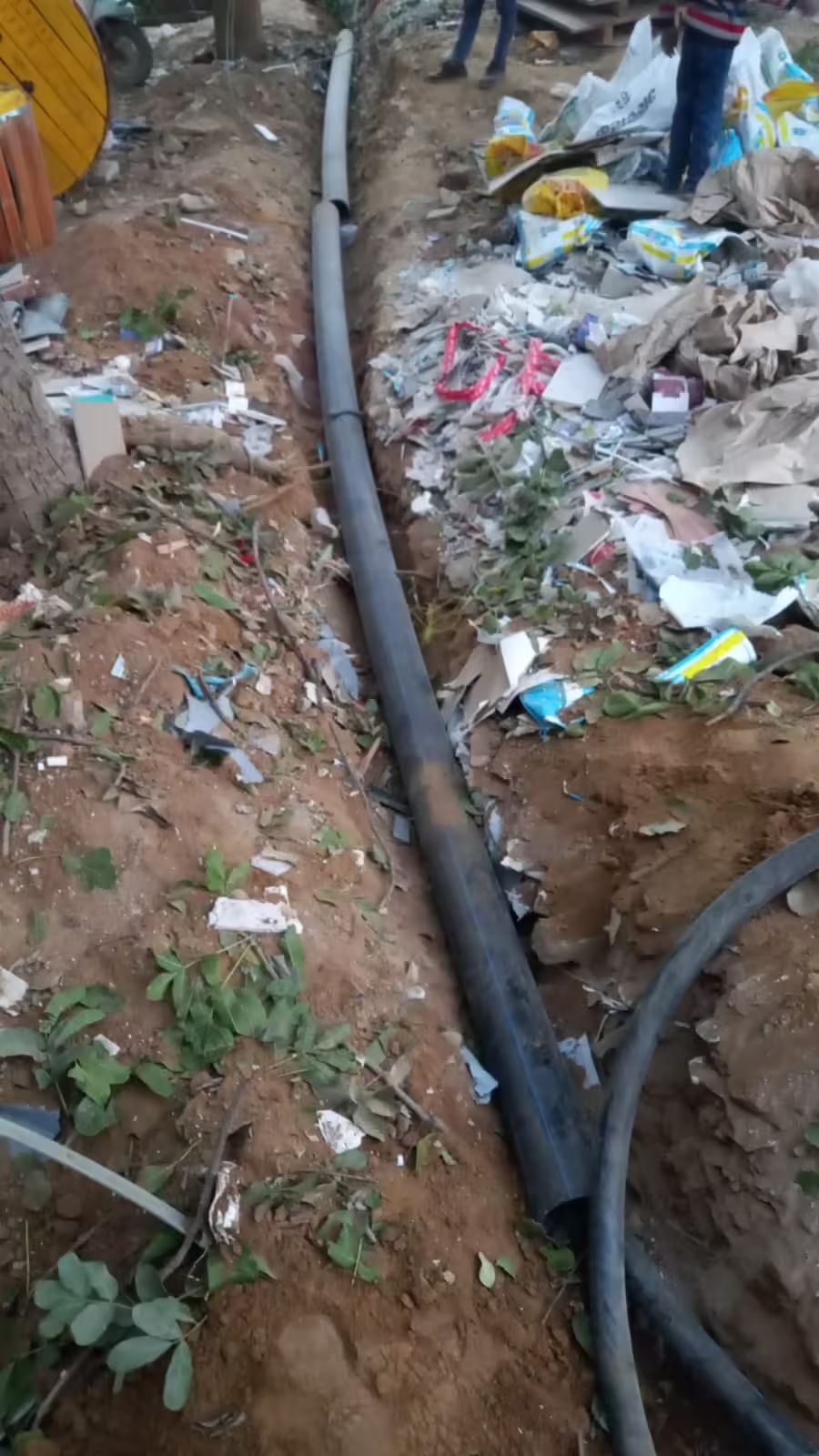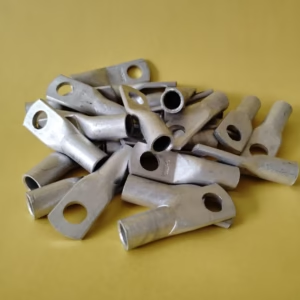Description
Cable Layin
Cable laying is a vital operation that involves the installation of cables for various purposes, including power transmission, telecommunication, data transfer, and even undersea resource management. The process can be complex and requires meticulous planning, careful execution, and the right equipment to ensure the system’s reliability and safety. Depending on the environment—whether underground, underwater, or overhead—the techniques and equipment used will vary. Here’s an in-depth look at the cable laying process, its types, methods, and the challenges involved:



Types of Cable Laying:
- Underground Cable Laying: Underground cables are commonly used for power distribution, telecommunications, and data networks. Installing cables underground has the benefit of reducing exposure to weather elements and potential damage from external forces.
- Trenching: A trench is dug using specialized machines or manually, depending on the size of the project and the terrain.
- Cable Placement: The cable is carefully placed in the trench, typically surrounded by a layer of protective material (like sand) to prevent damage.
- Backfilling: After the cable is laid, the trench is backfilled with soil and compacted, ensuring the cable remains in position and is shielded from external damage.
- Overhead Cable Laying: This method involves running cables above the ground, usually on utility poles or towers. It is often used in areas where trenching is impractical or too costly.
- Poles and Towers: Cables are suspended on poles or towers that are strategically placed along the designated route. These are common for electrical power transmission lines and telecommunication cables.
- Installation Process: Involves securing the cables to the structures with insulators, hardware, and support wires to prevent sagging, damage, or accidental contact with other objects.
- Underwater Cable Laying: Submarine cables (underwater cables) are crucial for telecommunication networks, data transfer between continents, and offshore energy systems.
- Cable Laying Ships/Vessels: Specialized ships are used to lay cables across bodies of water, often hundreds of miles long. These ships are equipped with advanced technology for laying, burying, and securing cables on the ocean floor.
- Seafloor Preparation: The seabed is often prepared by clearing obstacles, such as rocks or debris, before the cable is laid down. In some instances, cables are buried beneath the seabed for added protection from fishing nets, anchors, and underwater currents.
- Installation and Splicing: Cables may be spliced (joined together) at certain intervals, especially over vast distances, to ensure continuity.
- Aerial Cable Laying: Aerial cables are typically used in rural areas or where it is impractical to dig trenches or install poles. They may be suspended in trees, from towers, or even across valleys and mountains.
- Support Structures: The cables are suspended between various support structures like trees, poles, or other existing infrastructure. This type of installation is often less expensive but might face reliability issues due to exposure to weather elements.
The Cable Laying Process:
- Planning and Design: The first step in any cable laying project is detailed planning and design. This includes determining the path the cables will follow, assessing the environment, and identifying obstacles such as other infrastructure, buildings, natural features (rivers, mountains), or areas of environmental concern.
- Surveys: Surveying the terrain is crucial to determining the best route, particularly for underground and underwater installations. This may involve environmental impact studies, geotechnical assessments, and consultations with local authorities.
- Permits and Approvals: Depending on the region, the laying of cables—especially underground or underwater—may require permissions from local governments, utilities, and environmental agencies.
- Excavation and Site Preparation: Once the design and route are finalized, the excavation of trenches (for underground cables) or the preparation of space for overhead or underwater installation begins.
- Trenching: In urban or rural areas, trenches are dug with machinery, such as trenchers or backhoes. For underwater cables, the seabed may need to be cleared of large debris, and in some cases, a plow or remotely operated vehicles (ROVs) may be used to bury the cable.
- Duct Installation: For underground cable installation, ducts are often placed first to house the cables, ensuring that they can be replaced or repaired in the future without extensive digging.
- Cable Installation: The cables are carefully unspooled and placed along the designated route, whether in trenches, on poles, or under the sea. Special machinery, like cable-laying machines or ships, is used to ensure smooth deployment without damaging the cables.
- For Overhead Cables: Aerial cables are either hung by hand or by automated systems onto the poles or towers. In some cases, helicopters are used for rapid installation in difficult-to-reach areas.
- For Underground Cables: Cables are placed directly into the trench or duct, ensuring they follow the exact route designed.
- For Underwater Cables: Cable-laying vessels carry the cable and use winches or robotic systems to lay it carefully along the seabed.
- Splicing and Jointing: At various points along the cable route, sections of cables need to be spliced together, especially over long distances. This process is carried out by expert cable technicians who ensure the connections are secure and the signal or power transmission remains uninterrupted.
- Backfilling and Restoration: After the cable is installed, trenches are backfilled with soil or another protective material to secure the cable in place. The area is then restored to its original state, with landscaping or repaving as necessary, particularly in urban areas.
- Testing and Commissioning: Once the cable is laid, comprehensive tests are conducted to ensure the cable is functioning properly. This could include:
- Electrical testing (for power cables) to check voltage, current, and continuity.
- Signal testing (for telecommunications cables) to ensure data flow is stable.
- Visual Inspections: For underwater cables, ROVs or divers might be used for final inspections.
- Maintenance: Even after the cable is installed and commissioned, ongoing maintenance is critical. Regular inspections and repairs are conducted to address any potential damage due to natural forces, human activities, or aging infrastructure.
- Monitoring Systems: In some cases, sensors or monitoring systems are installed along the cable route to detect issues early, such as electrical faults or signal loss.
Challenges in Cable Laying:


- Environmental Conditions: The terrain and weather conditions can significantly impact the laying process. Difficult weather, rough seas, or rugged landscapes can delay installation or require additional preparation. In underwater installations, the risk of cable damage from fishing nets, anchors, or strong currents is also a concern.
- Safety: Cable laying can be hazardous, especially in challenging environments like deep waters, mountains, or highly urbanized areas. Safety procedures must be followed strictly to prevent accidents, such as cable cuts, electrical shocks, or injuries from machinery.
- Cost and Time: Installing cables, particularly those over long distances or in remote areas, can be expensive and time-consuming. The costs can increase with additional challenges like legal permits, environmental restoration, and maintenance needs.
- Interference with Existing Infrastructure: Laying cables in densely populated areas often involves navigating existing utilities and infrastructure, such as water pipes, gas lines, and power systems. Care must be taken to avoid disrupting these services.
- Technological Advancements: With the rise of high-capacity data transmission networks, cable laying projects are increasingly focused on improving bandwidth and minimizing signal loss. Innovations like fiber optic cables and advanced shielding materials are pushing the limits of what cables can handle, leading to the adoption of more complex laying techniques.








Avery (verified owner) –
The product is firmly packed.
Kevin (verified owner) –
The product is firmly packed.
Anthony (verified owner) –
Very fast delivery.
Richard (verified owner) –
Good service.
Camden (verified owner) –
Good service.
Richard (verified owner) –
Good service.
Hayden (verified owner) –
Good service.
Isaac (verified owner) –
Good service.